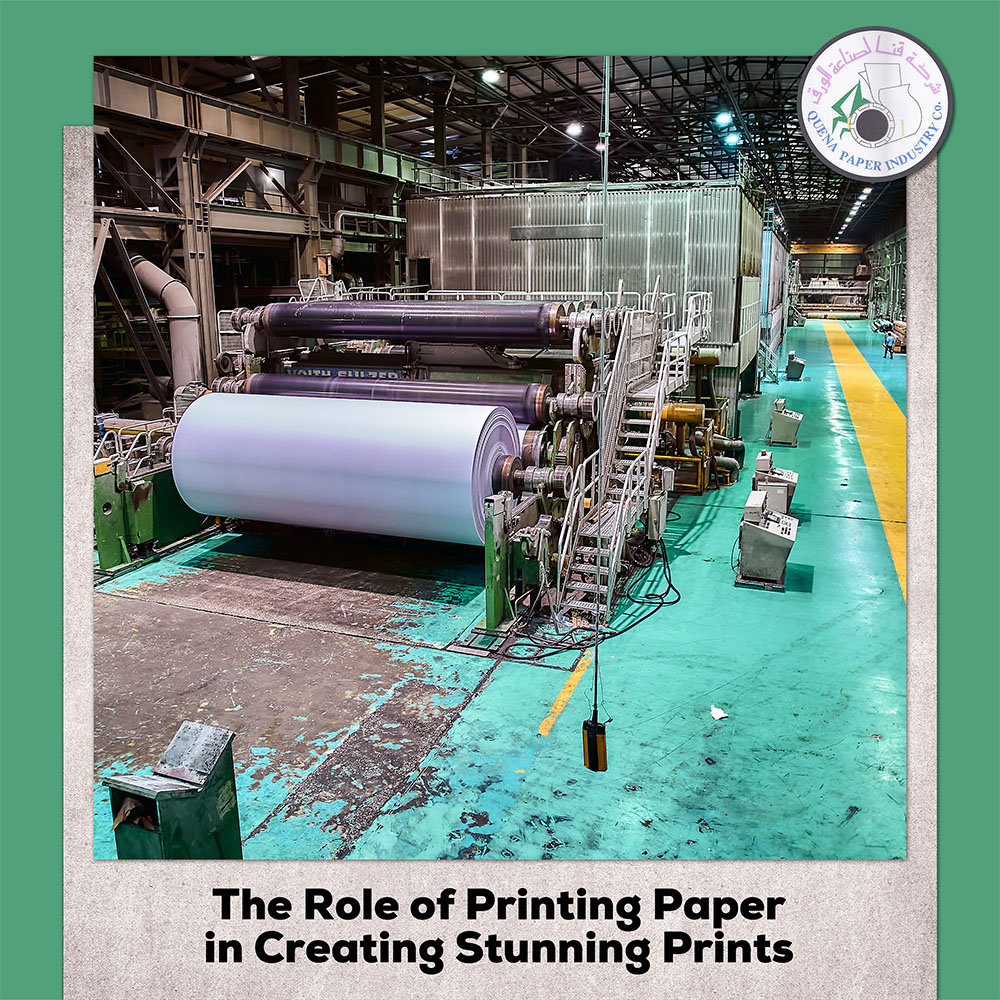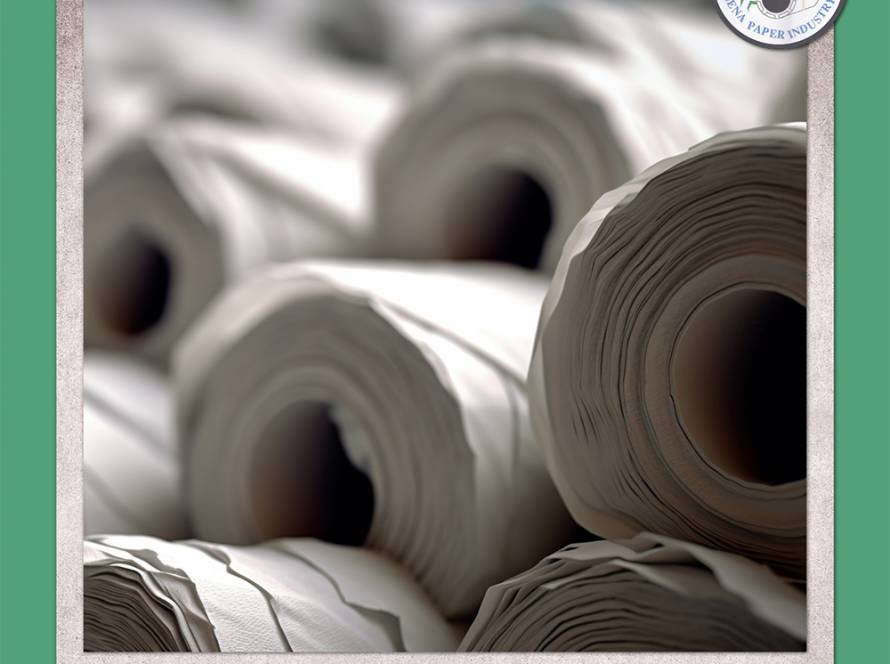In the age of digital marvels and technological feats, the art of printing has remained a constant thread connecting the digital world to the tangible. From the striking photographs that adorn our walls to the meticulously designed brochures that grace our hands, printing continues to captivate our senses and convey messages in a way that pixels on a screen cannot replicate. However, in the midst of the conversation about printers, inks, and resolutions, there exists a silent protagonist often overlooked—the humble yet essential printing paper.
Welcome to a journey that goes beyond the ordinary, where we uncover the enchanting world of printing paper. As we dive into this intricate tapestry, we will explore the diverse types of printing paper, each with its unique characteristics and purpose. We’ll navigate the nuances of paper weight, the interplay of texture and type, and the symbiotic relationship between paper and intended use. Join us as we delve into the heart of the printing process, where the choice of paper takes center stage, transforming digital impressions into tangible masterpieces.
The Role of Printing Paper in Creating Stunning Prints
Printing technology has evolved by leaps and bounds, allowing us to reproduce photographs, documents, and designs with remarkable accuracy. However, amidst the discussion of printers and inks, one element often overlooked is the printing paper. The choice of printing paper plays a vital role in the quality and aesthetics of the final print. In this article, we’ll delve into the world of printing paper, exploring its various types, characteristics, and factors to consider when selecting the ideal paper for your printing needs.
H2: Exploring the Array of Printing Paper Types
Printing paper comes in a diverse range of types, each tailored to fulfill specific purposes. Let’s take a closer look at some of the most common types and their unique attributes:
H3: 1. Glossy Photo Paper: Elevating Visual Impact
Glossy photo paper is a popular choice for those seeking vibrant and visually appealing prints. Characterized by its smooth, reflective surface, this paper type enhances the richness and depth of colors in photographs and graphics. The glossy finish not only contributes to an eye-catching appearance but also ensures that the ink is absorbed quickly, resulting in sharp and crisp images. From family photos to marketing materials, glossy photo paper adds a touch of elegance and professionalism to every print.
H3: 2. Matte Paper: Achieving a Subtle and Professional Look
Matte paper is known for its non-reflective surface, making it an ideal choice for documents that require readability under various lighting conditions. The absence of glare on matte paper ensures that text and visuals remain clear and easily decipherable. This paper type is often favored for presentations, brochures, and reports, where the focus lies on delivering information without distractions. The soft texture of matte paper also adds a sense of sophistication to printed materials.
H3: 3. Heavyweight Paper: Durability and Impact
When durability and impact are paramount, heavyweight paper takes center stage. This paper type is characterized by its increased thickness and sturdiness, making it suitable for printing items that need to withstand wear and tear. Business cards, invitations, and postcards are commonly printed on heavyweight paper due to its ability to convey a sense of importance and quality. The tactile experience of holding a heavyweight print reinforces the notion of a premium product.
H3: 4. Recycled Paper: A Sustainable Choice
In an era where environmental responsibility is a key concern, recycled paper emerges as a sustainable option for printing needs. Crafted from post-consumer materials, recycled paper reduces the strain on natural resources and promotes eco-friendliness. This paper type proves that environmental consciousness can coexist with quality, as it maintains respectable printing results while contributing to a greener planet.
H2: Navigating the Landscape of Printing Paper Selection
Selecting the appropriate printing paper involves a careful consideration of several factors that collectively influence the quality and outcome of the final print. Here are key aspects to ponder before making your choice:
H3: 1. Print Quality: The Marriage of Texture and Type
Print quality is greatly influenced by the interplay between the texture of the paper and the specific type chosen. For vivid and dynamic images, glossy photo paper is an excellent choice, as it showcases colors with brilliance. Conversely, for documents that rely heavily on text, matte paper is the go-to option, ensuring that every word is legible and clear. Selecting the right paper type for the content enhances the overall impression of your prints.
H3: 2. Paper Weight: Beyond the Numbers
Paper weight, measured in grams per square meter (gsm), is a defining factor in the feel and durability of a print. Heavier paper not only exudes a sense of importance but also offers increased resistance to ink bleed-through. While business cards benefit from the substantial feel of heavyweight paper, brochures may strike a balance between weight and flexibility for easier handling.
H3: 3. Intended Use: Aligning Paper and Purpose
The intended use of your prints plays a pivotal role in selecting the appropriate printing paper. Formal documents, such as reports and legal papers, often benefit from the subdued elegance of matte paper. On the other hand, marketing materials, such as brochures and flyers, thrive on the dynamic presentation that glossy paper provides. Understanding the context in which your prints will be used helps tailor your paper choice for maximum impact.
H3: 4. Compatibility: A Seamless Printing Experience
Ensuring compatibility between your chosen printing paper and your printer type is essential for achieving the desired results. Different paper types have varying absorption rates, and not all printers are optimized for every paper variety. Consult your printer’s manual or manufacturer’s recommendations to ascertain which paper types are best suited for optimal printing quality.
H2: The Finishing Touch: Selecting the Perfect Printing Paper
In summation, the journey toward creating exceptional prints involves more than just pressing “print.” The choice of printing paper acts as a crucial canvas upon which your content is transformed into a tangible, visual experience. Whether you’re producing cherished family photos or crafting professional marketing materials, the right paper type can elevate your prints to new heights. From glossy photo paper’s captivating shine to matte paper’s understated elegance, each option serves as a palette to manifest your creative vision.
Next time you embark on a printing endeavor, remember that your selection of printing paper isn’t merely a technical decision—it’s a creative one that contributes significantly to the story your prints tell.



